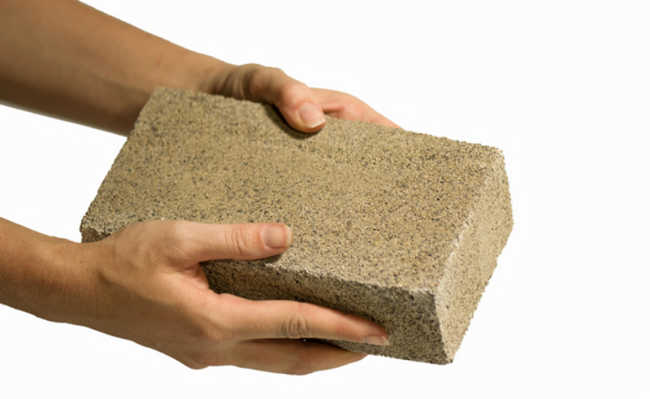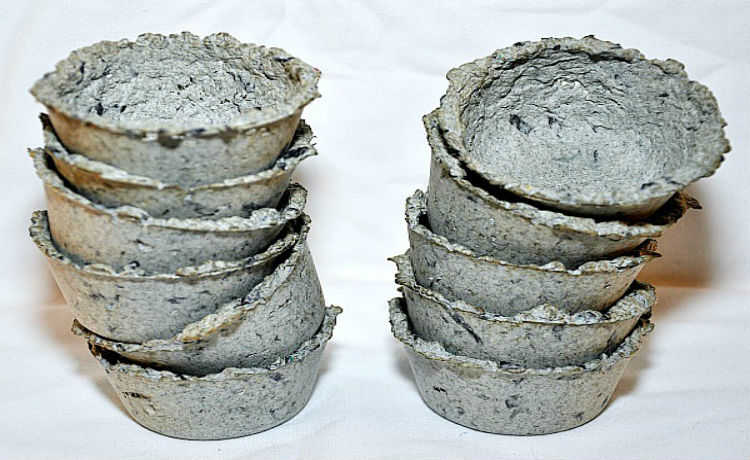What is soil desertification?
In desertification, soils become arid and infertile, losing their productive capacity

Image: Desertification in Brazil by LeoNunes is licensed under (CC BY 3.0)
what is desertification
Desertification is the process characterized by the transformation (natural or anthropogenic) of a vegetative area into a desert. Desertification can be described as the loss of the productive capacity of soils, leaving them arid and infertile, and it often occurs because the economic activities carried out in a given region exceed the support capacity and sustainability of the soil.
- What is biocapacity?
How Desertification Occurs
Human action on Earth has been the main cause of desertification. This means that the soil loses its nutrients and the ability to give birth to any type of vegetation, whether natural forests or human-made plantations.
- Humus: what it is and what are its functions for the soil
Environmental problems of desertification
The UN classifies as desertification the damage in areas of occurrence located in the semiarid, arid and dry sub-humid climate regions, and this process causes three types of problems: environmental, social and economic. This is because desertification affects the production and supply of food, promotes the migration of populations to urban centers, generating poverty; and harms the local fauna and flora, with the possibility of even causing the extinction of certain species.
The causes of desertification are diverse: deforestation, mining, expansion of agriculture, poorly planned irrigation, overuse or inappropriate use of the soil, among others. All these problems contribute to the loss of soil quality, leading to a reduction in vegetation cover, the appearance of sandy soils, loss of groundwater and wind erosion. Without vegetation, the rains become rarer, the soil becomes arid and lifeless, and survival becomes very difficult. Residents, farmers and ranchers often abandon these lands and look for another place to live.
Demographic growth and the consequent demand for energy and natural resources also exert pressure for the intensive use of soil and water resources, contributing to desertification.
In summary, the main problems of desertification are:
- Elimination of vegetation cover;
- Biodiversity reduction;
- Soil salinization and alkalinization;
- Erosive process intensification;
- Reduced availability and quality of water resources;
- Decrease in soil fertility and productivity;
- Reduction of arable land;
- Reduction of agricultural production;
- Development of migratory flows.
Desertification is present in more than 110 countries and affects the lives of more than 250 million people, making it a global problem. The regions most affected by desertification are: western South America, northeastern Brazil, northern and southern Africa, the Middle East, Central Asia, northwestern China, Australia and the southwestern United States.
How to avoid desertification
The problem of desertification started to arouse the interest of the scientific community in the beginning of the 20th century. However, it was only in the 21st century that it came to be highlighted as a serious environmental problem, due to its social and economic impact, since the process occurs more intensely in areas corresponding to developing countries.
In 1995, Brazil signed agreements with UN programs against desertification. The Action Plan to Combat Desertification came into force in 2000.
These agreements are developed on an international scale. The UN convention to combat desertification was created in 1994, and entered into force in 1996. It has 193 members, and its objective was to develop projects for the reduction of desertification, especially in African countries.
However, more effective measures against desertification are needed, such as political incentives for more sustainable forms of production, which reduce deforestation and, consequently, desertification.










